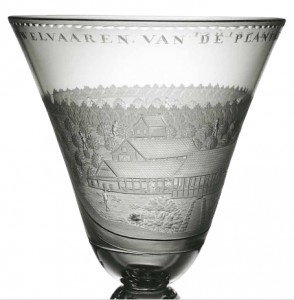
Historical Background
Many planters from the East and West colonies settled in Arnhem and surroundings. Gelderland held historical ties with principalities in Germany such as Sachsen-Anhalt and Nassau. The House of Orange (the Stadtholders and later royal family) is represented in Buren and Apeldoorn.
Traces
Following a long period of inconspicuous presence, the colonial slavery heritage is now on display in a number of museums. At the Indisch Herinnering Centrum (Dutch Indies Memorial Center) in Arnhem one reads about the large number of enslaved in Batavia. The Africa Museum in Berg en Dal acknowledges slavery and racism in the permanent display of its collection. The Nederlands Openluchtmuseum (Dutch Open-Air Museum) has set up an Anansi Tree where tales by Africans in the diaspora are recounted.
Traces of a slavery heritage can be found in many country houses and castles. Sometimes through depictions of black pages in paintings. A prominent occupant of Middachten Castle near Arnhem is portrayed above the dining hall mantelpiece with a black pageboy. We know very little about the lives of these servants; often even their names are unknown.


